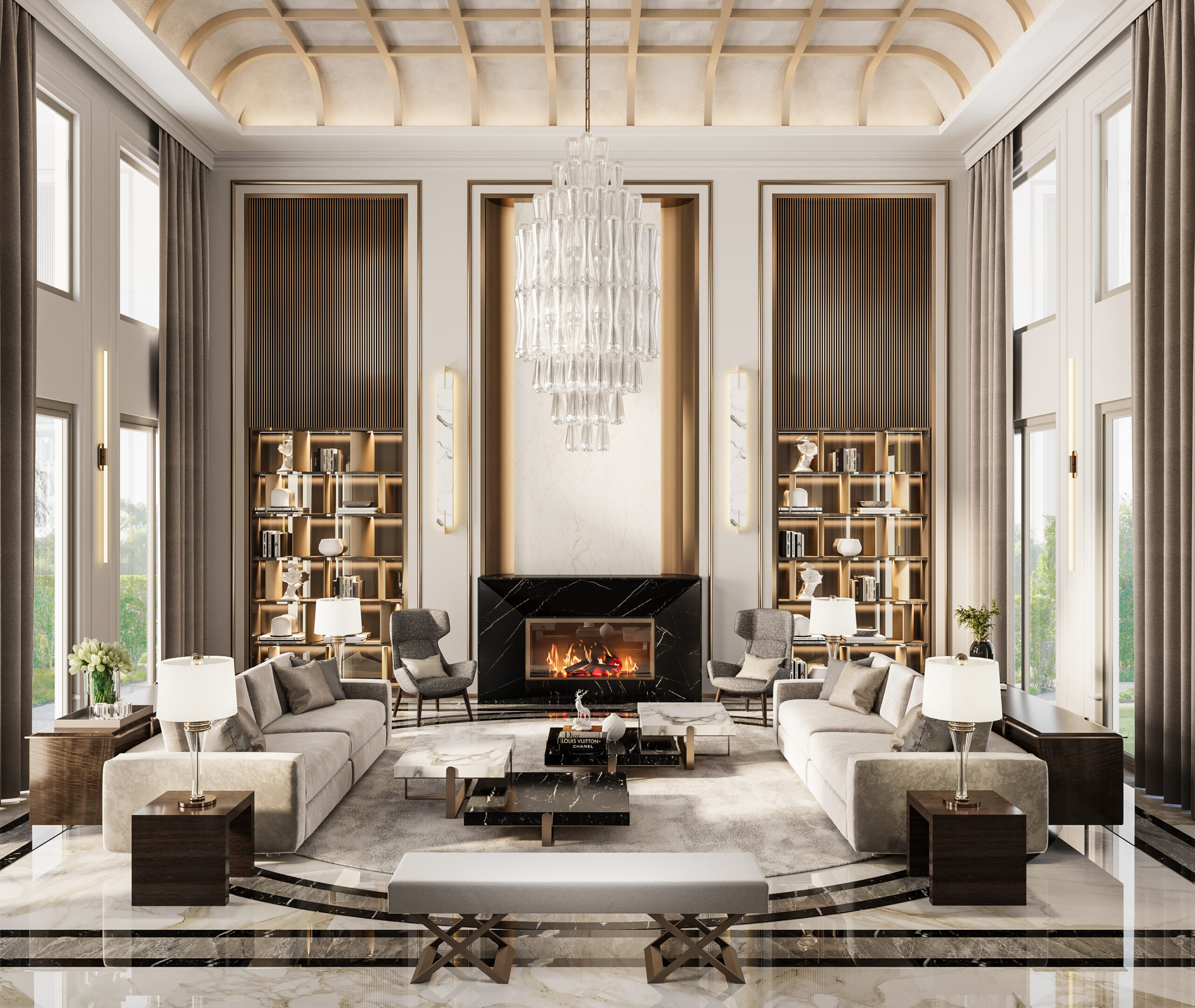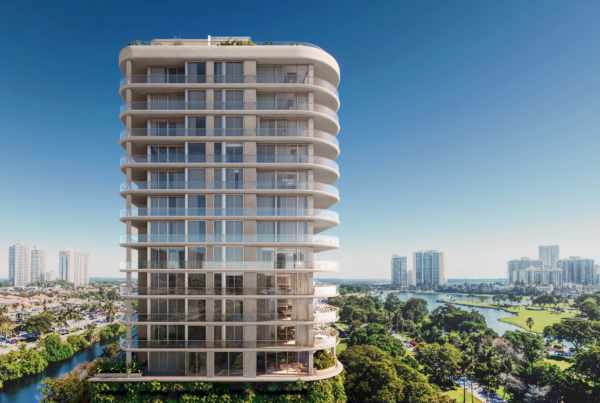
Dear readers,
In the following page we will delve into the history and prospective of the branded real estate market.
Learning together its origin, the locations and assets that characterize it now and the trends that will influence it in the future.
Although the concept of branded residences has gained prominence in recent years, its origins date back to 1927 with the debut of the Sherry-Netherland apartment hotel on New York’s Fifth Avenue. This establishment, considered the world’s first branded residence, marked the beginning of a gradual rise in the popularity of branded residences, eventually becoming a significant subset of the residential market by the 1980s.
As per today, globally, by 2023 there were 690 completed projects, and an additional 600 schemes are programmed for delivery by 2030. This expansion aligns with its historical trends, reflecting a remarkable 160% increase in branded residence schemes over the past decade.
Originally concentrated in North America, branded residential schemes now span across the globe: Dubai and South Florida are the leading areas of development but over the past three decades Asia Pacific and the Middle East emerged as new key hotspots, collectively housing 40% of the total supply. Cairo, Ho Chi Minh City, Nha Trang, Guanacaste and San Miguel de Allende round out the top five emerging cities each with forecast growth of more than 400% by 2030.
The sector in time has evolved and expanded its original confines not only geographically speaking but also in regards of the brands in the market. The pioneers of the industry were obviously the hotel brands – such as the Marriott International, to this day leader of the market – however the project pipeline slated for completion by 2030 indicates a rising trend towards non-hotel branded projects: marking a burgeoning segment of leisure and lifestyle branded projects within the sector, poised for growing popularity in the coming years.
The pandemic has underscored the importance of integrating constructions with services and amenities tailored to the lifestyle of homeowners. As a result, the offerings will continue to expand, providing facilities that enhance the residents’ lifestyle. This expansion includes dedicated teams focused on anticipating every need, from house management to concierge services, along with unique and innovative offerings tailored to each location. Additionally, amenities such as cafés, restaurants, sophisticated spas, and wellness options will further enhance the resident experience.
Homebuyers are showing a growing interest in distinctive and sustainable architecture and interior design, considering them essential assets in new constructions. Furthermore, there is a heightened focus on factors such as the impact on the local environment, diversity, equity, inclusion, as well as air quality, net-zero buildings, technological efficiency, and the use of AI.
In conclusion, the branded real estate sub-sector is poised for continued growth, with an increasing number of brands involved and a surge in the development of schemes. Moreover, there is a newfound commitment to innovation, which will introduce unprecedented service and experience offerings.
If you read to this point, thank you for joining us in the exploration of branded real estate history and development, we look forward to uncovering with you new insights and concepts in the future.
Sources:
- Savills Report 2023 “Spotlight on Branded Residences”
- Savills: “Top 10 real estate sustainability trends to look out for in 2024”
- Four Season Magazine “a look ahead: luxury real estate trends for 2024”
- Robb Report: “From Bulgari to Porsche: Branded Residences Are Flooding the Prime Market – and Selling”


